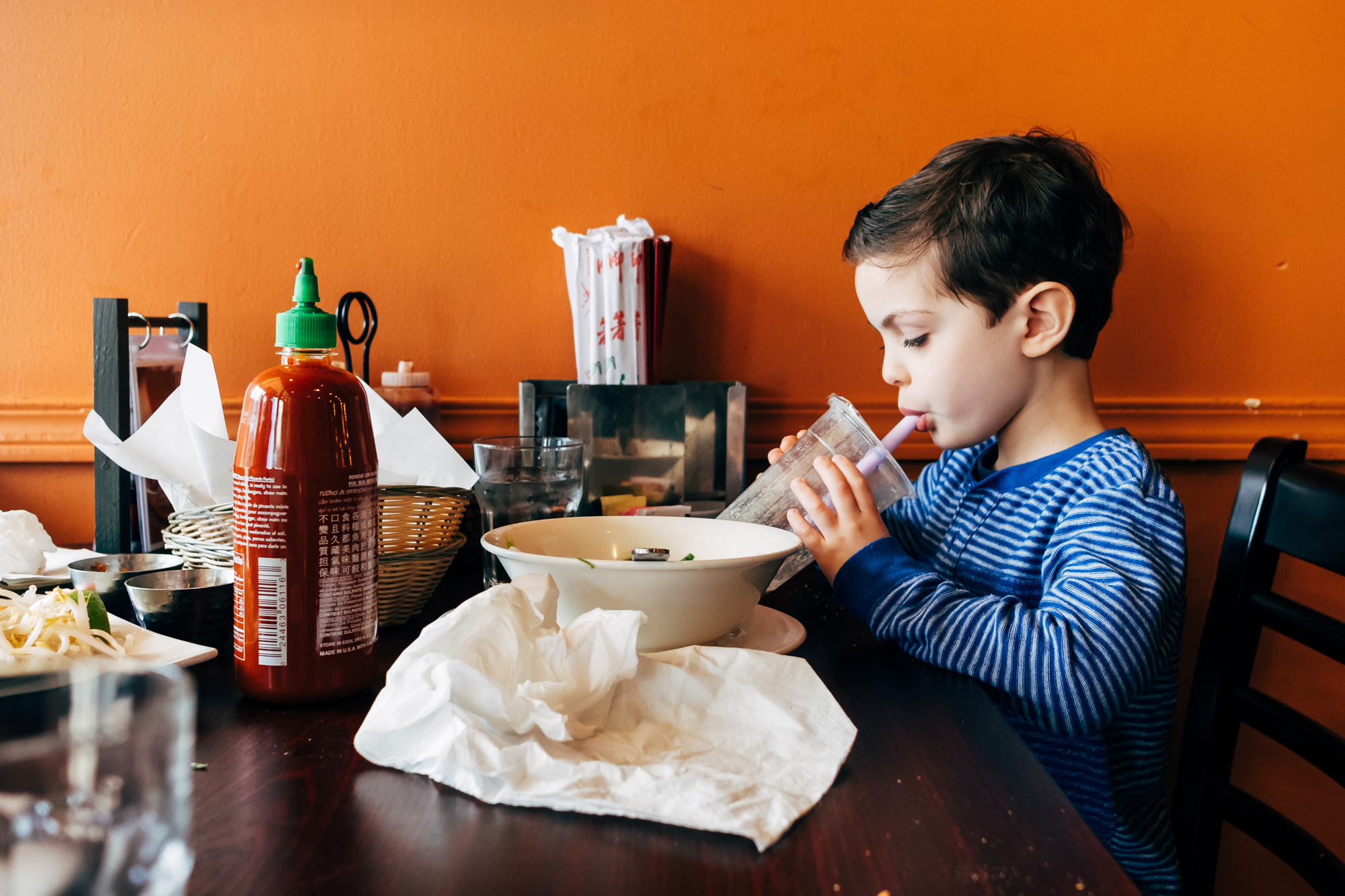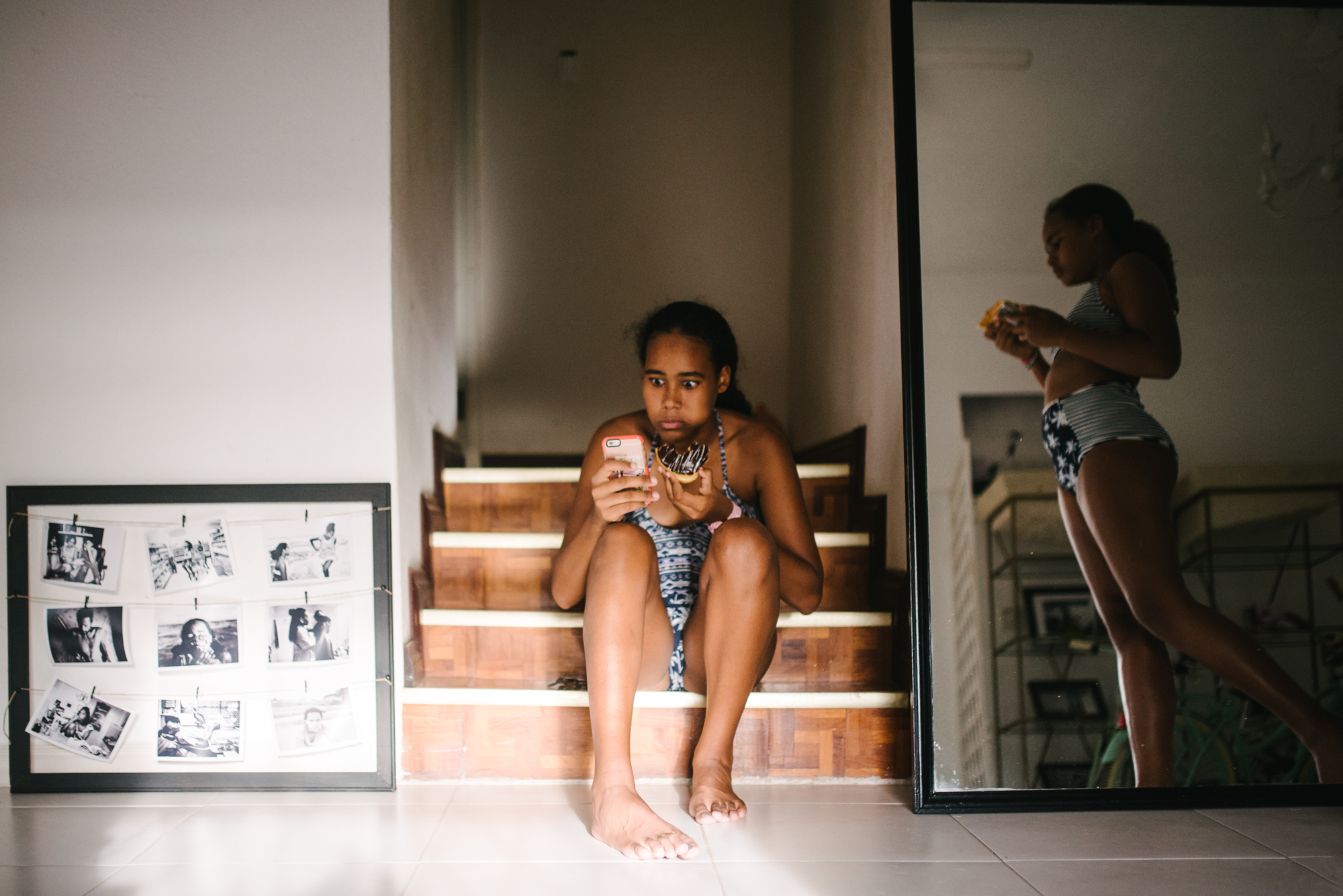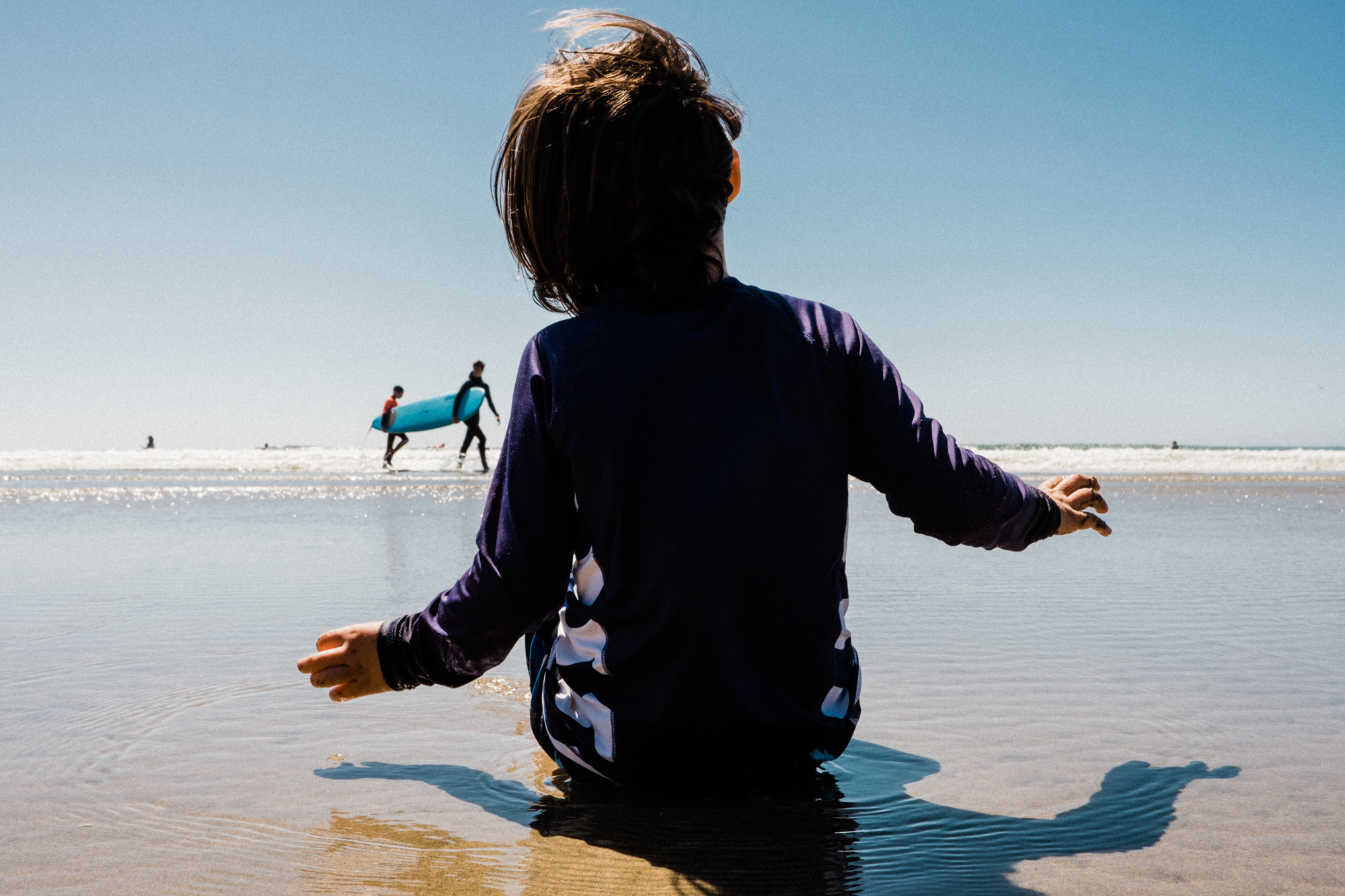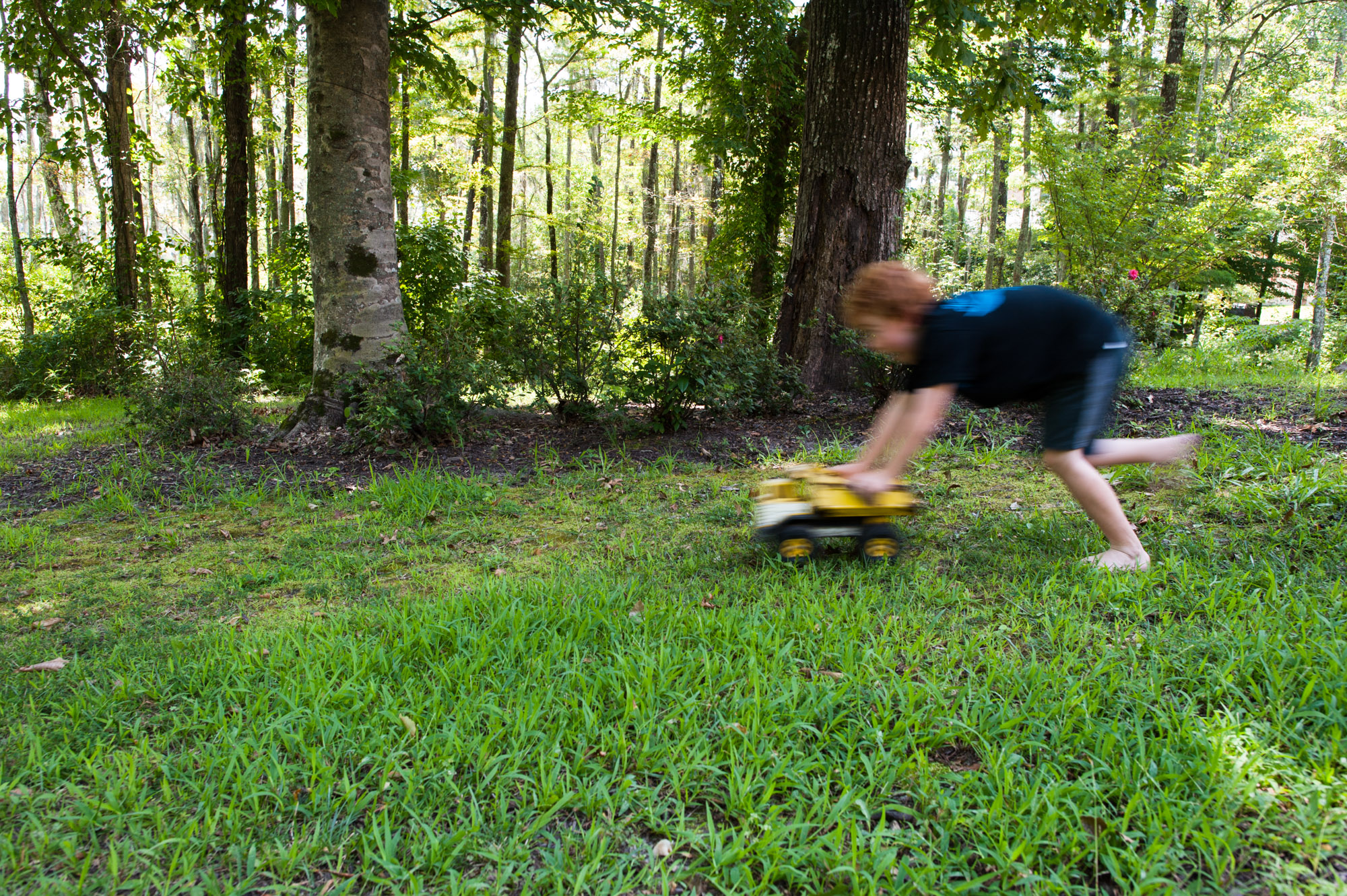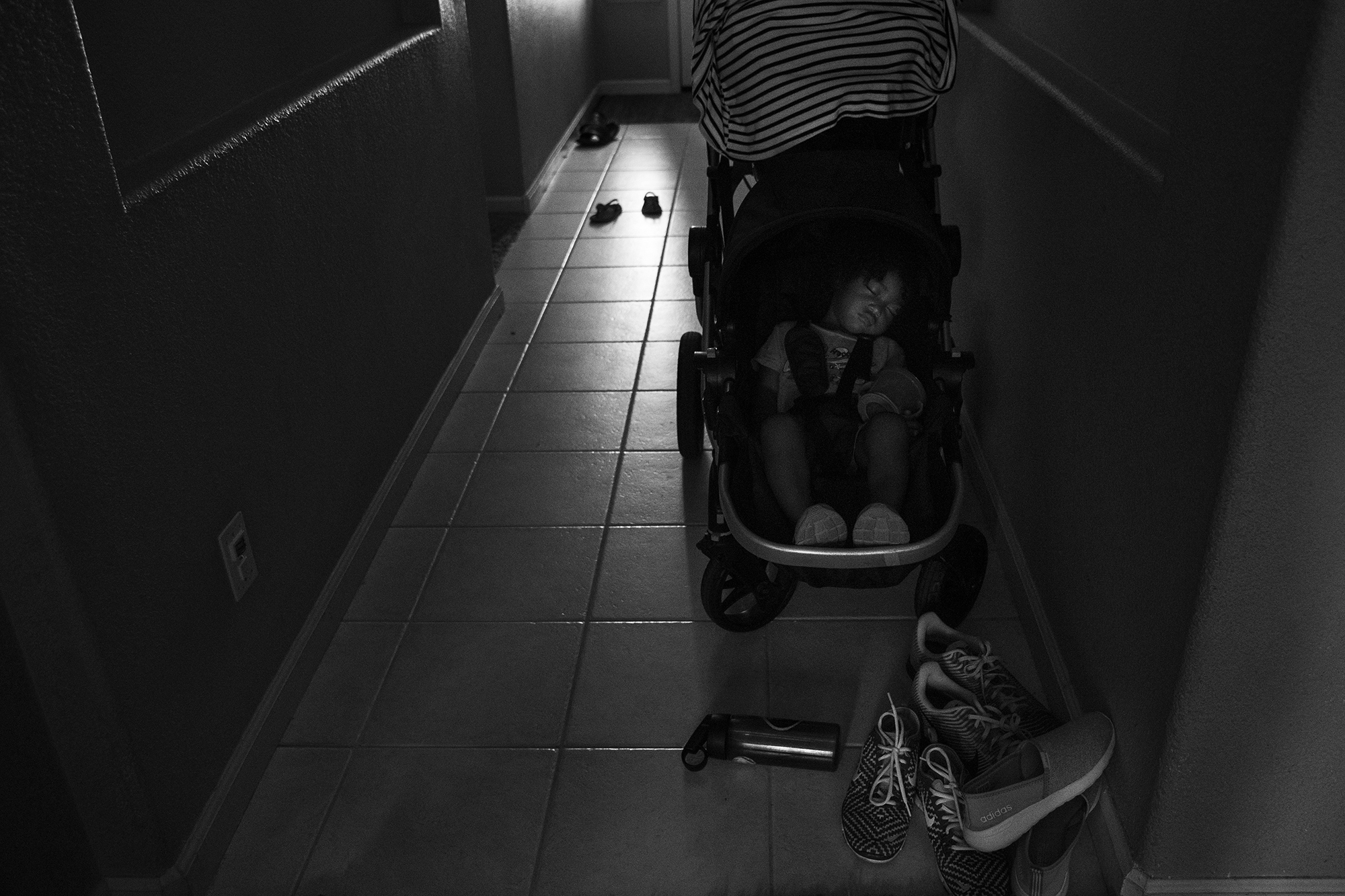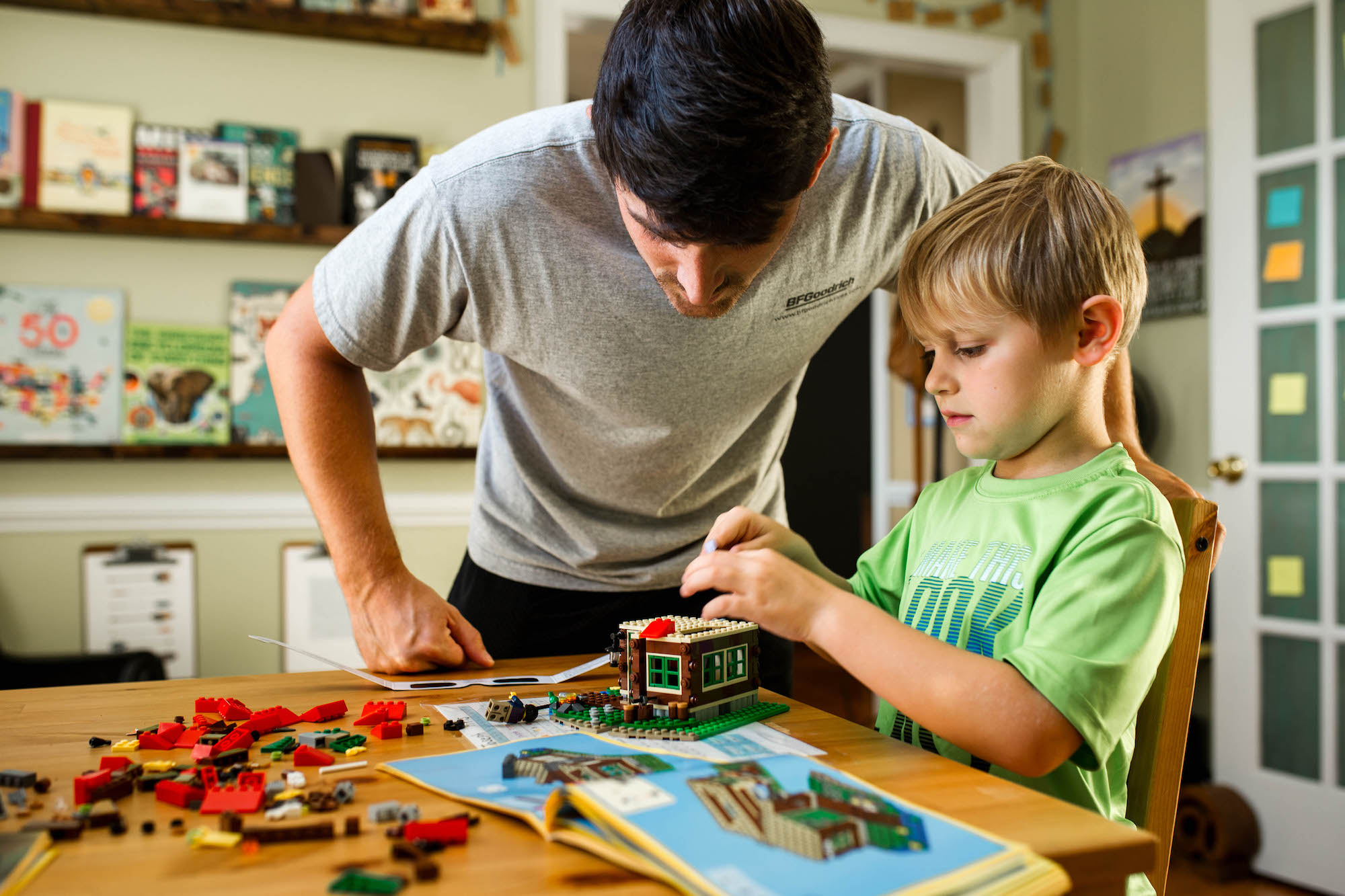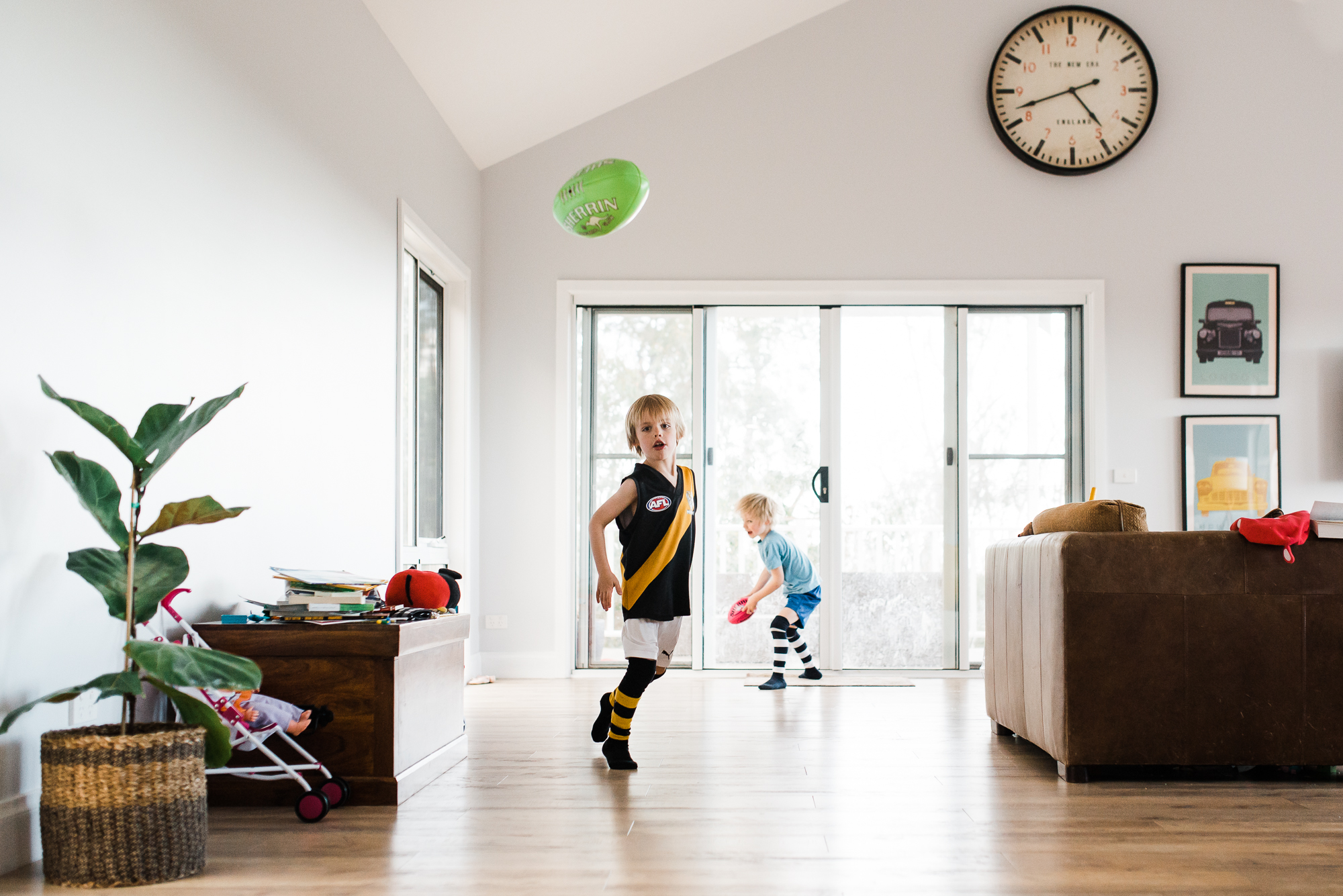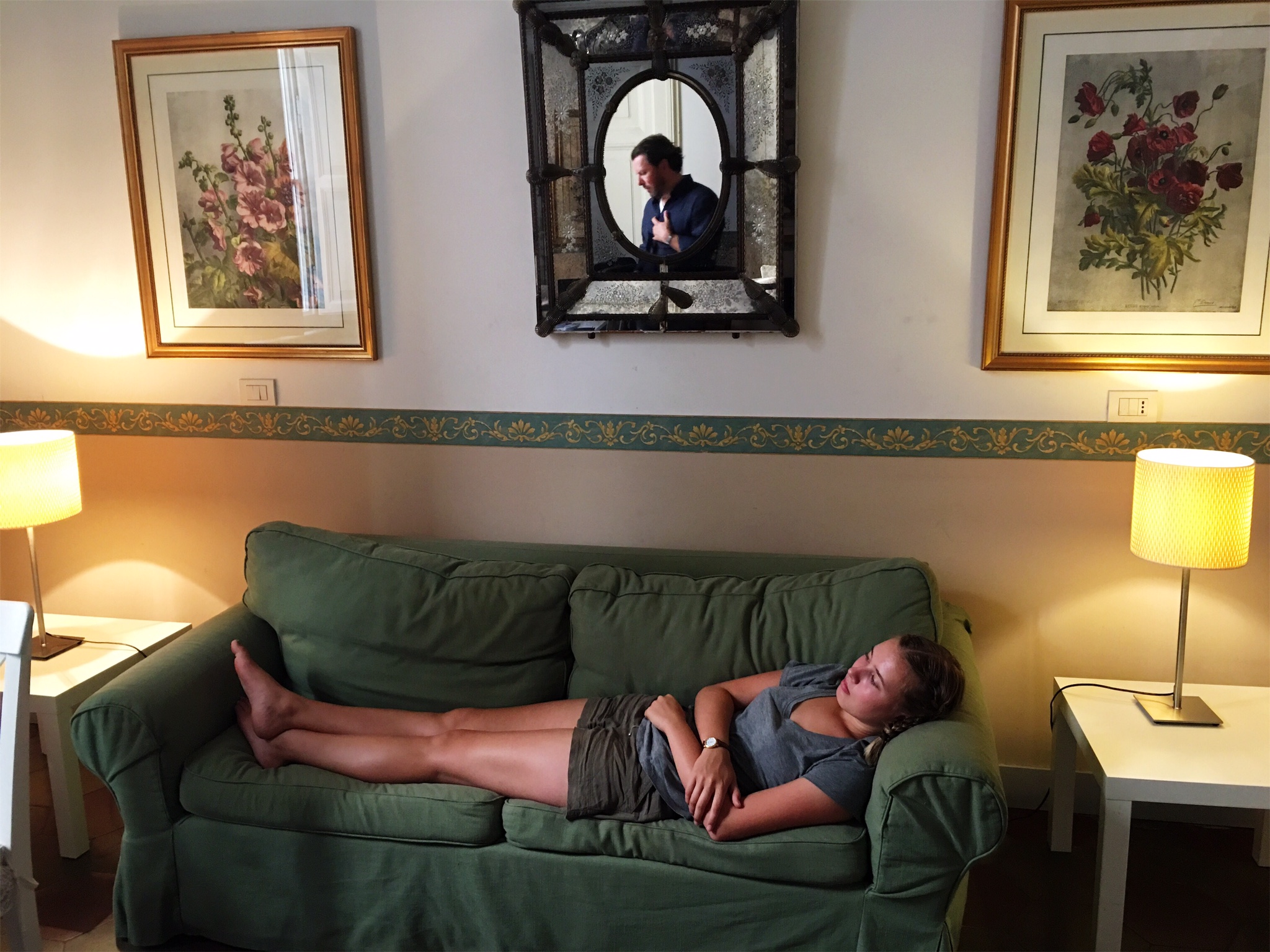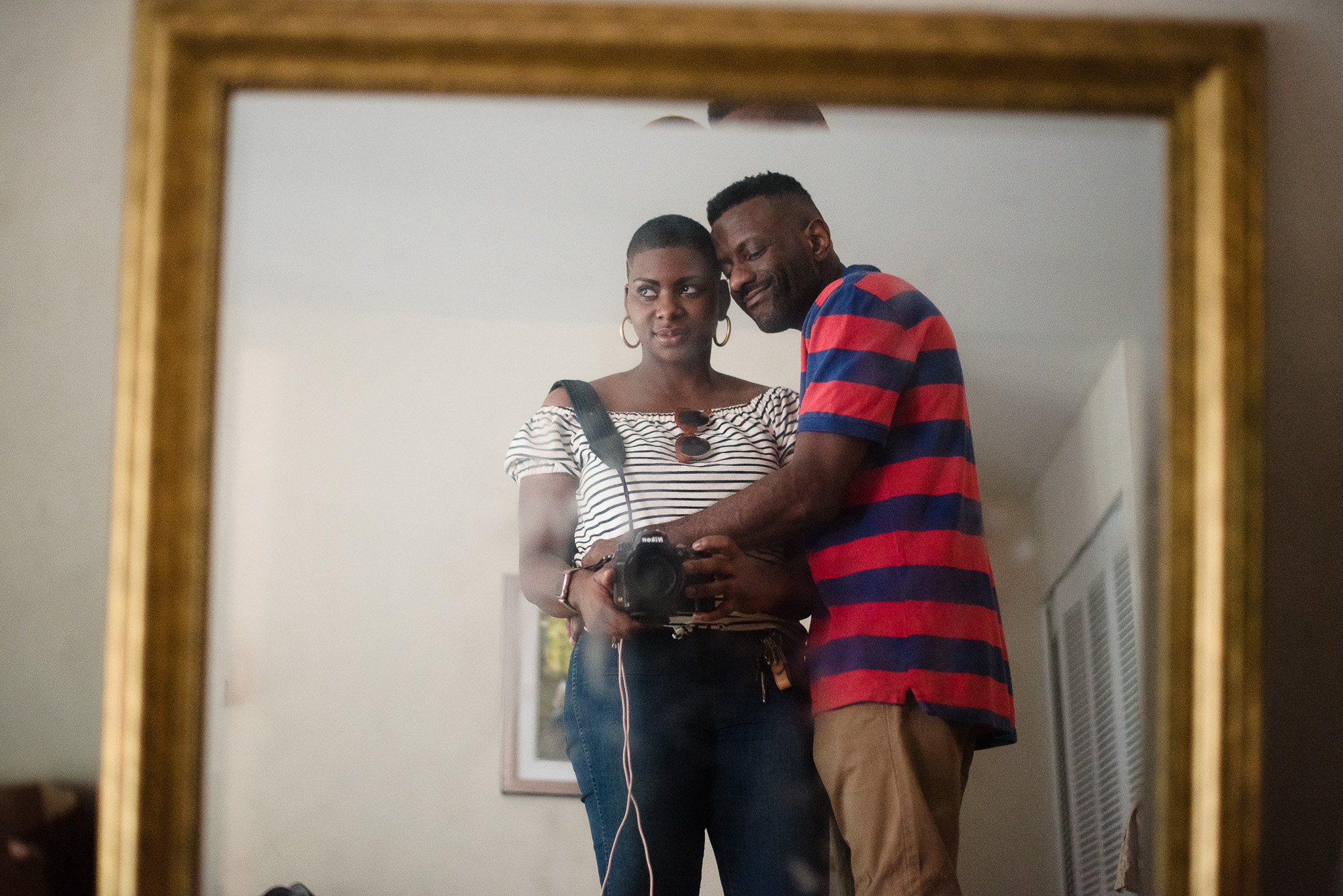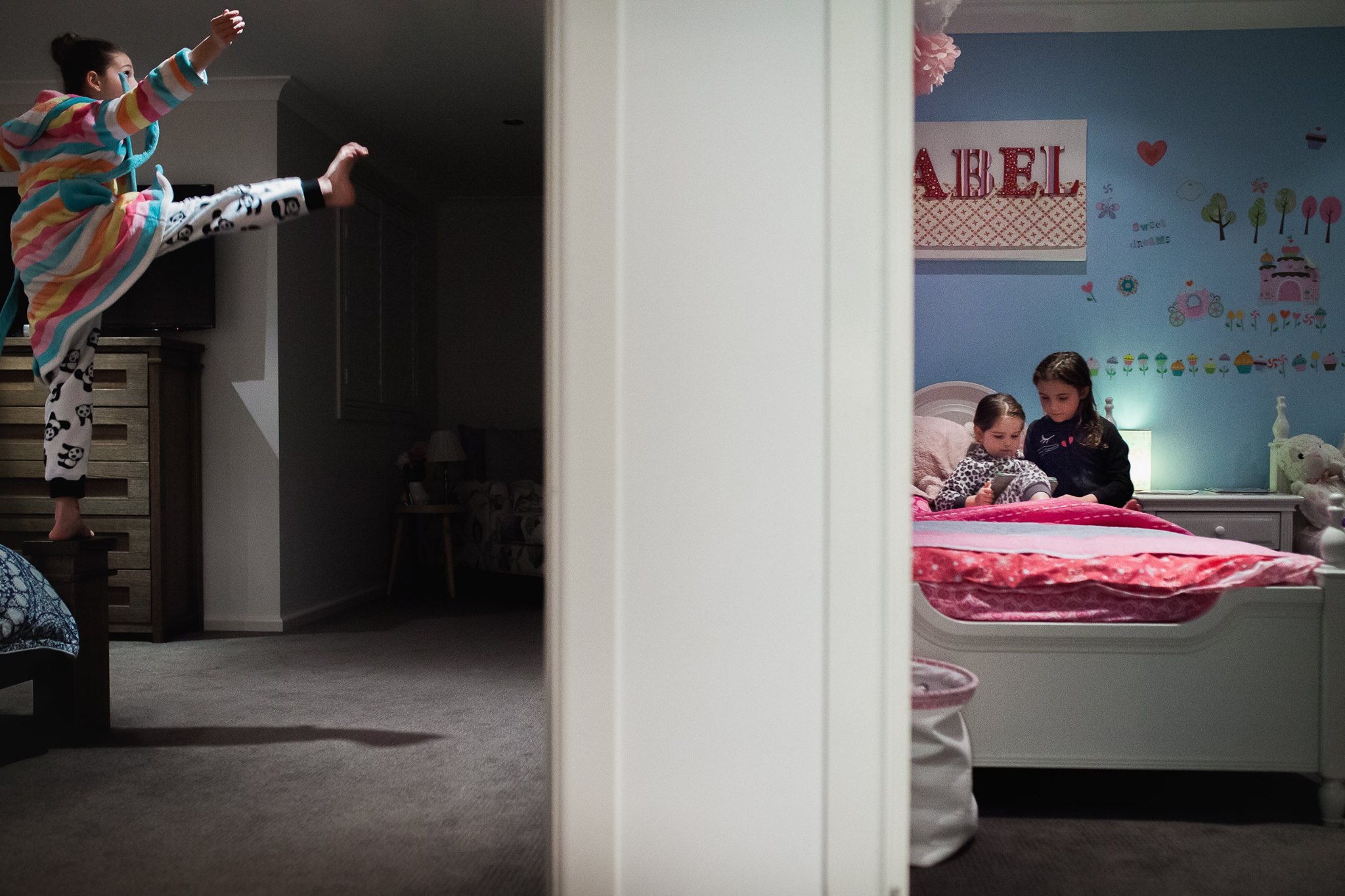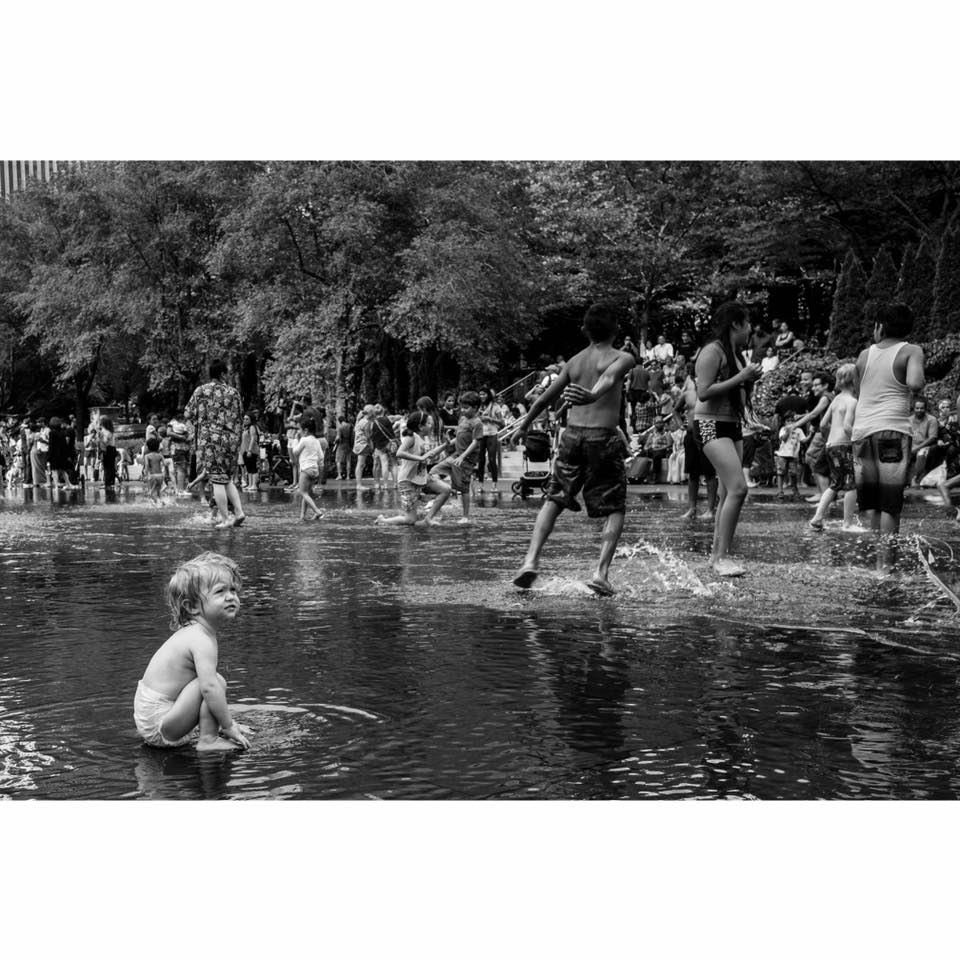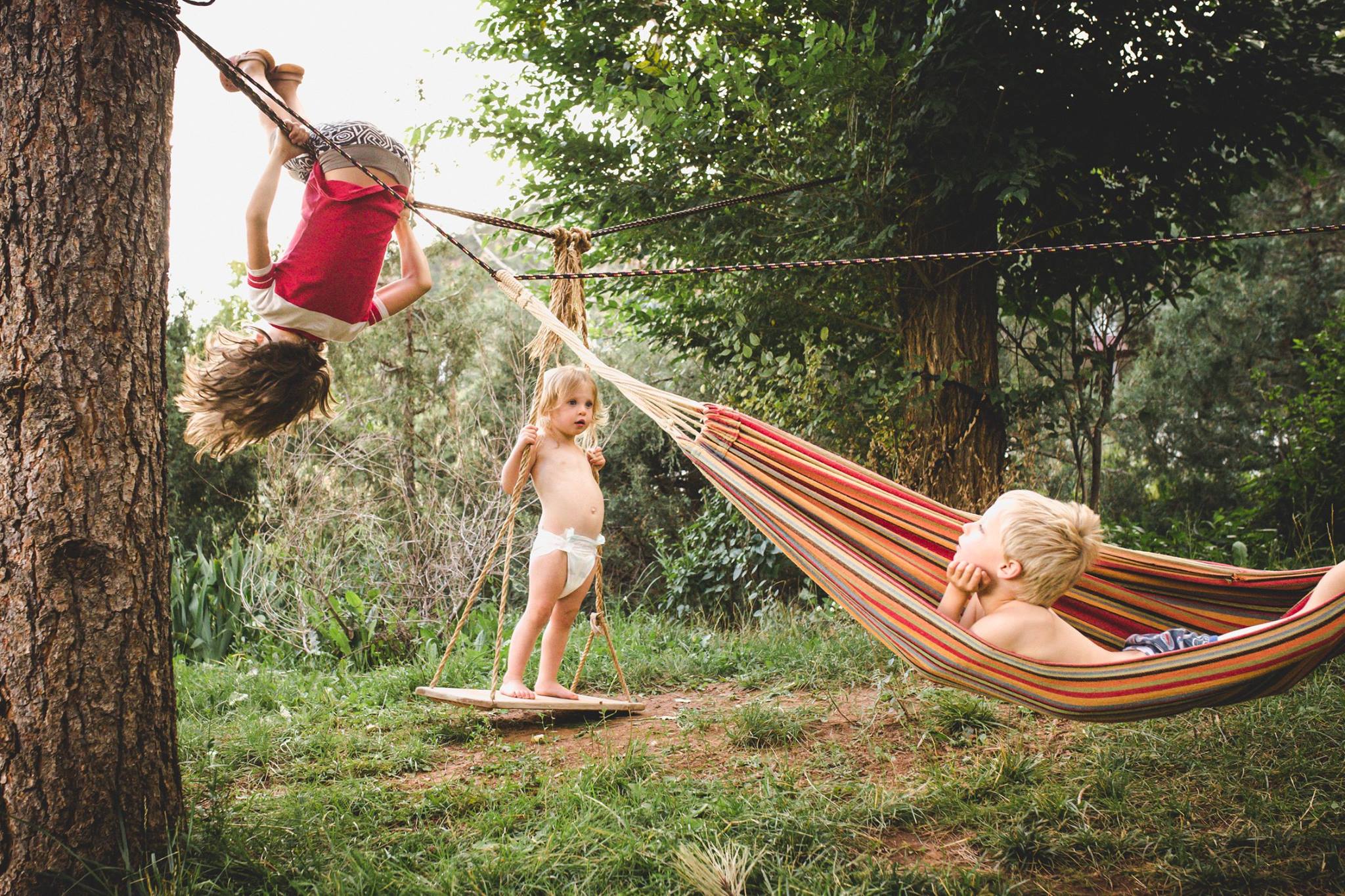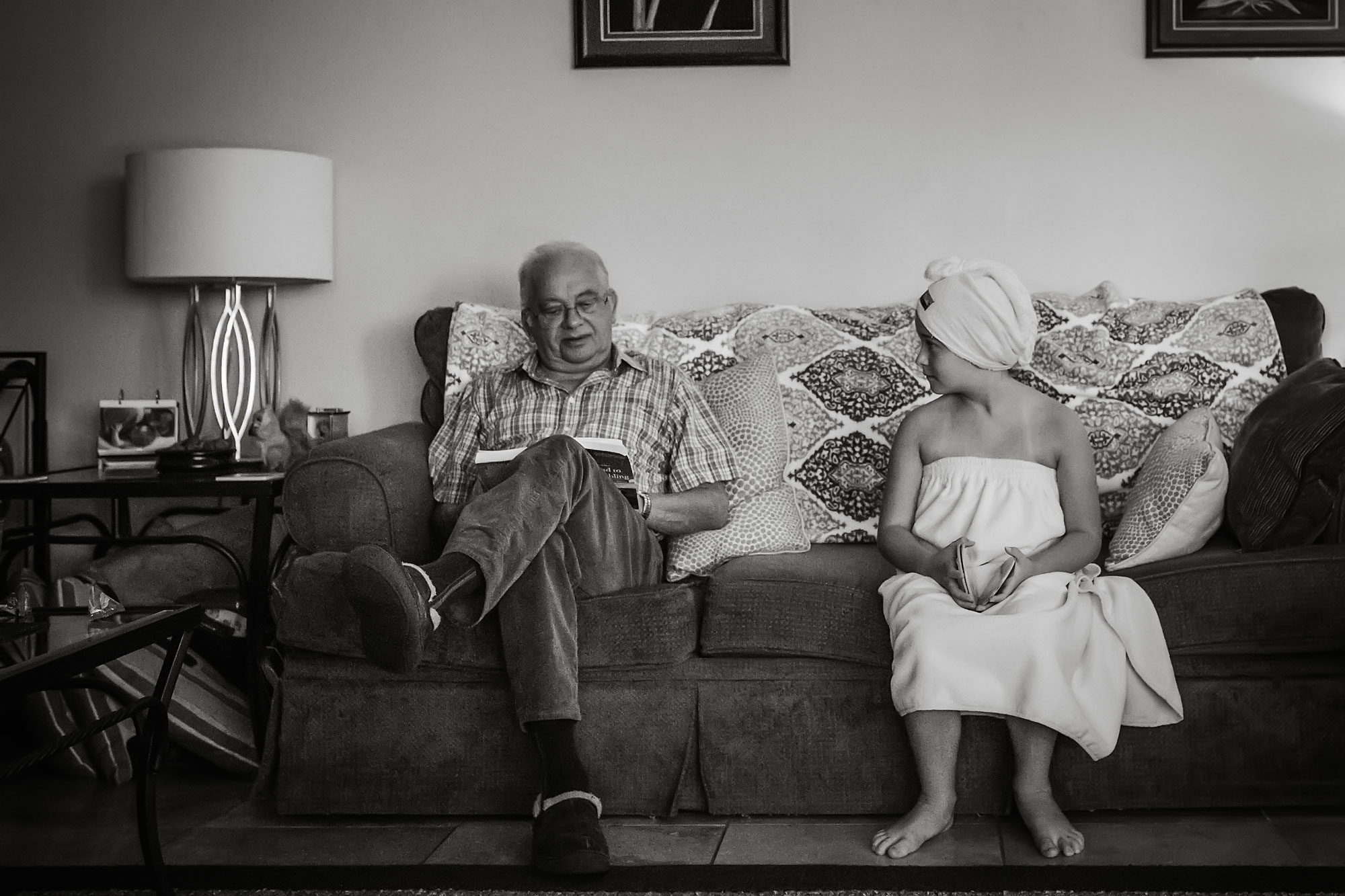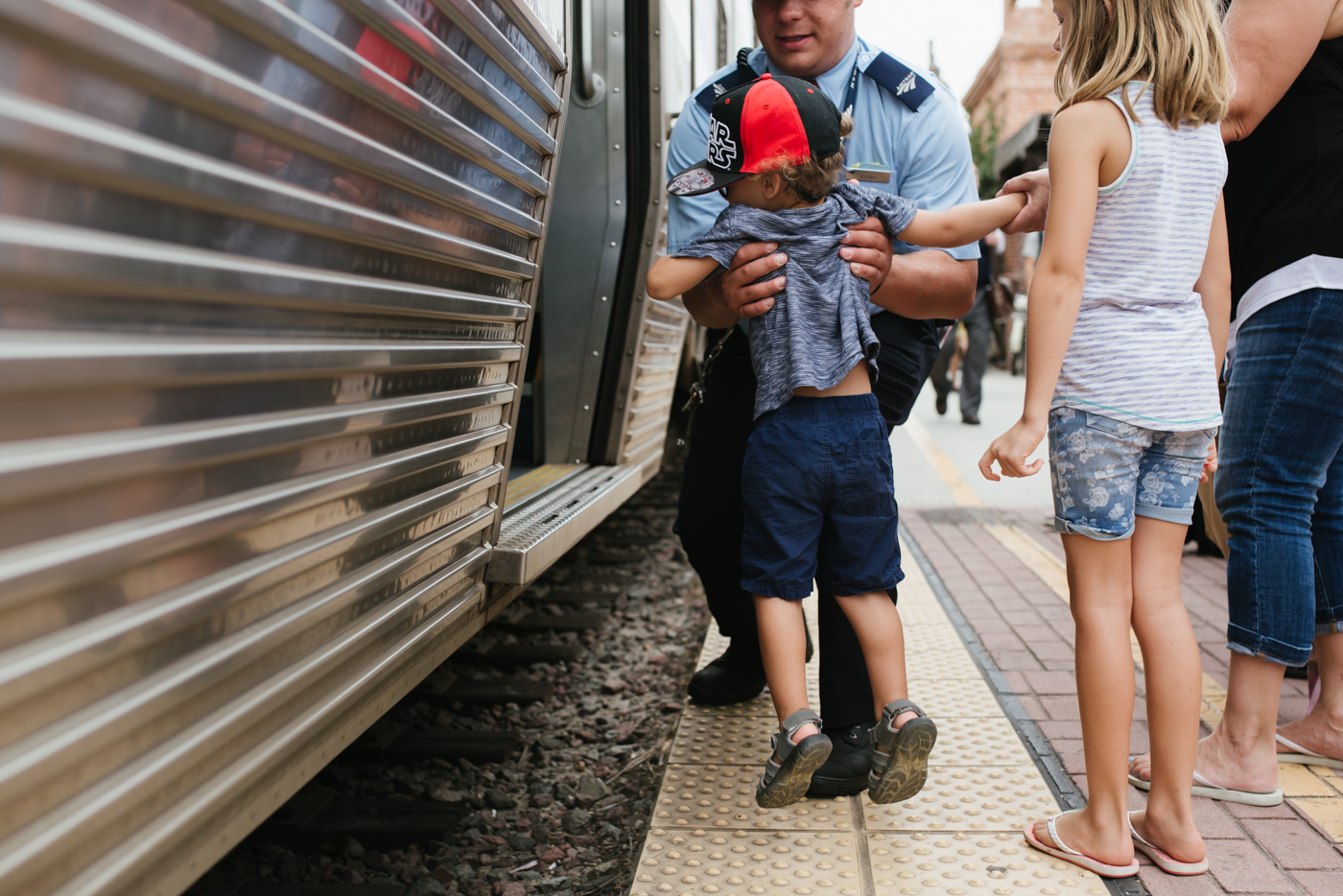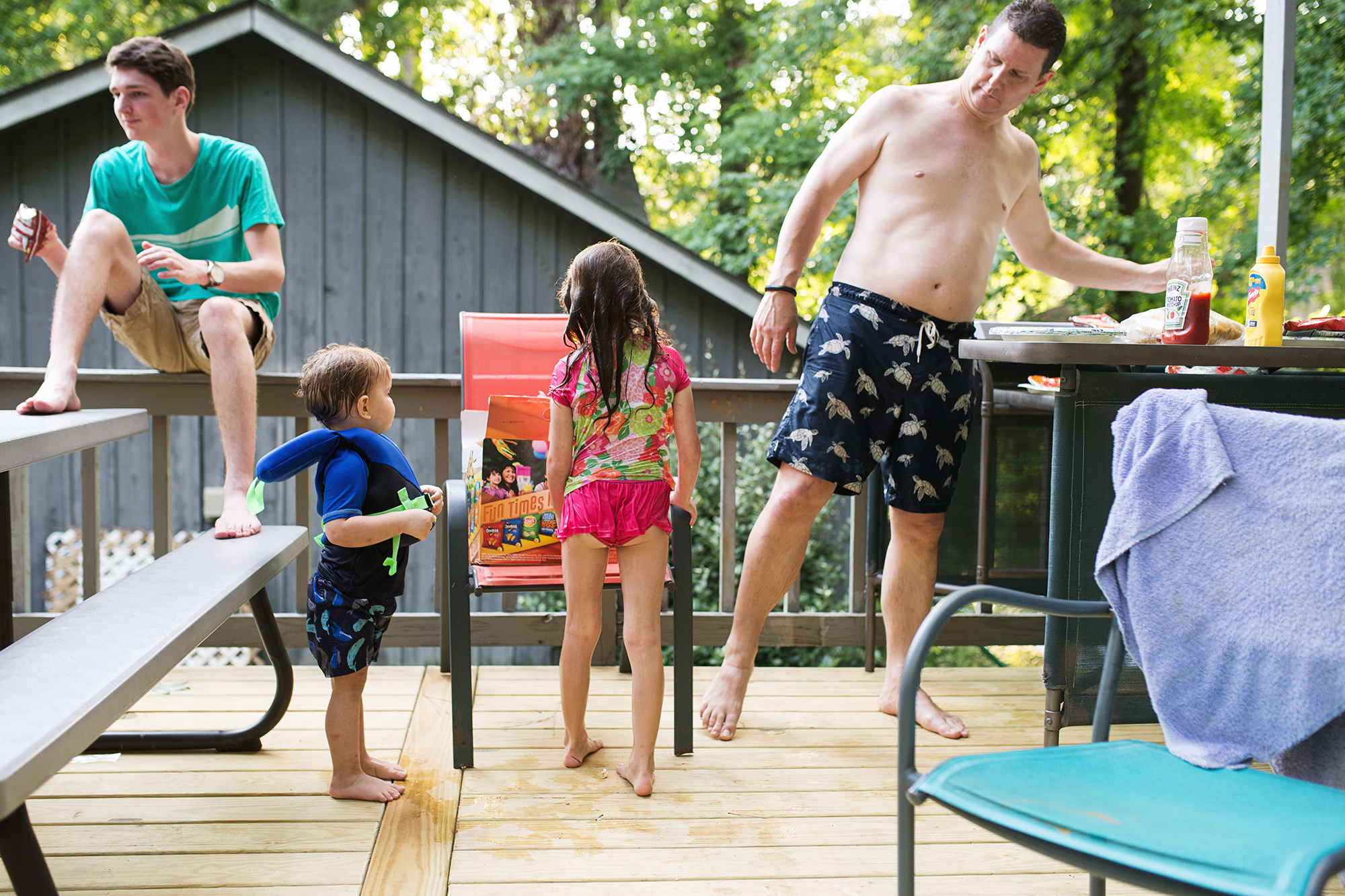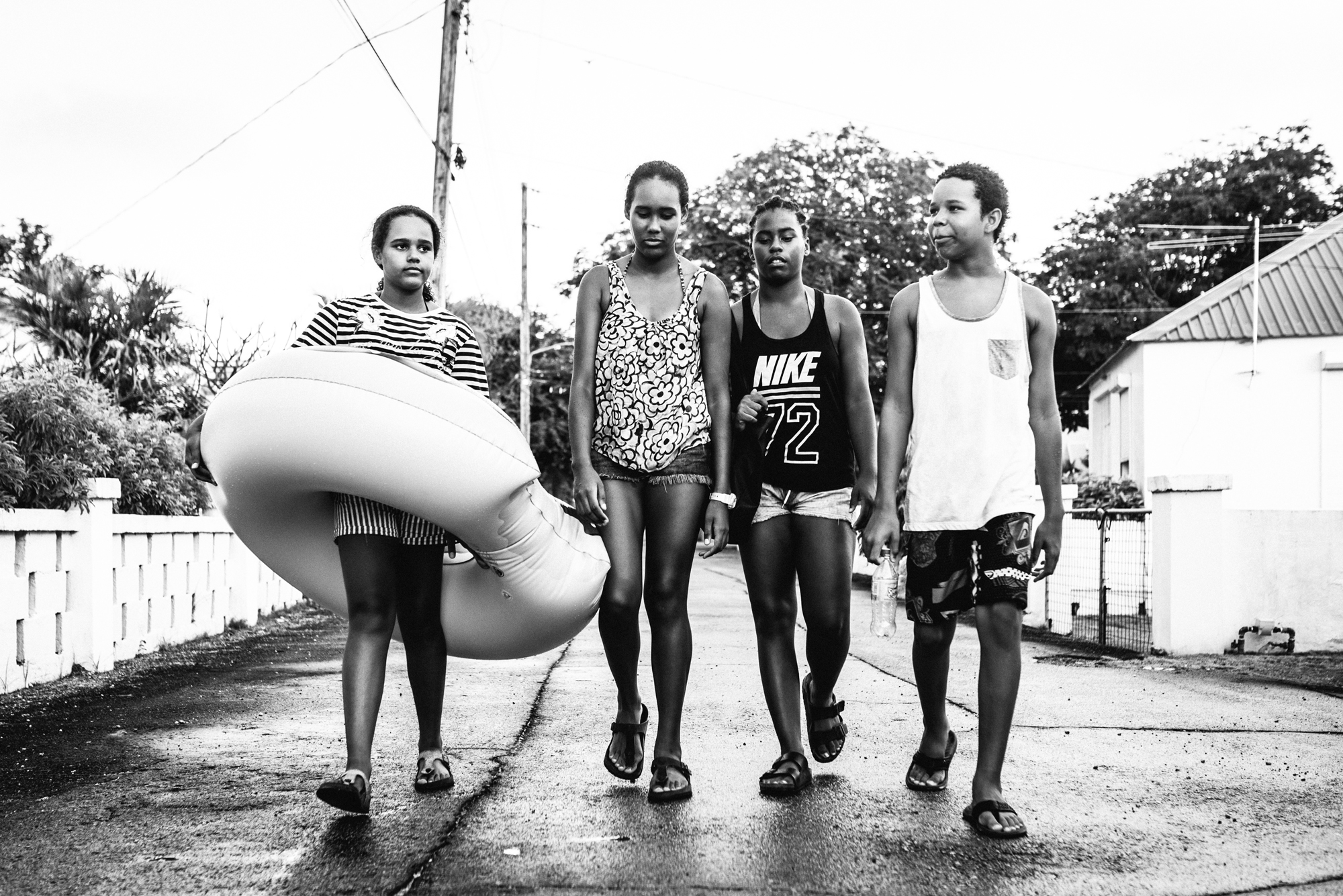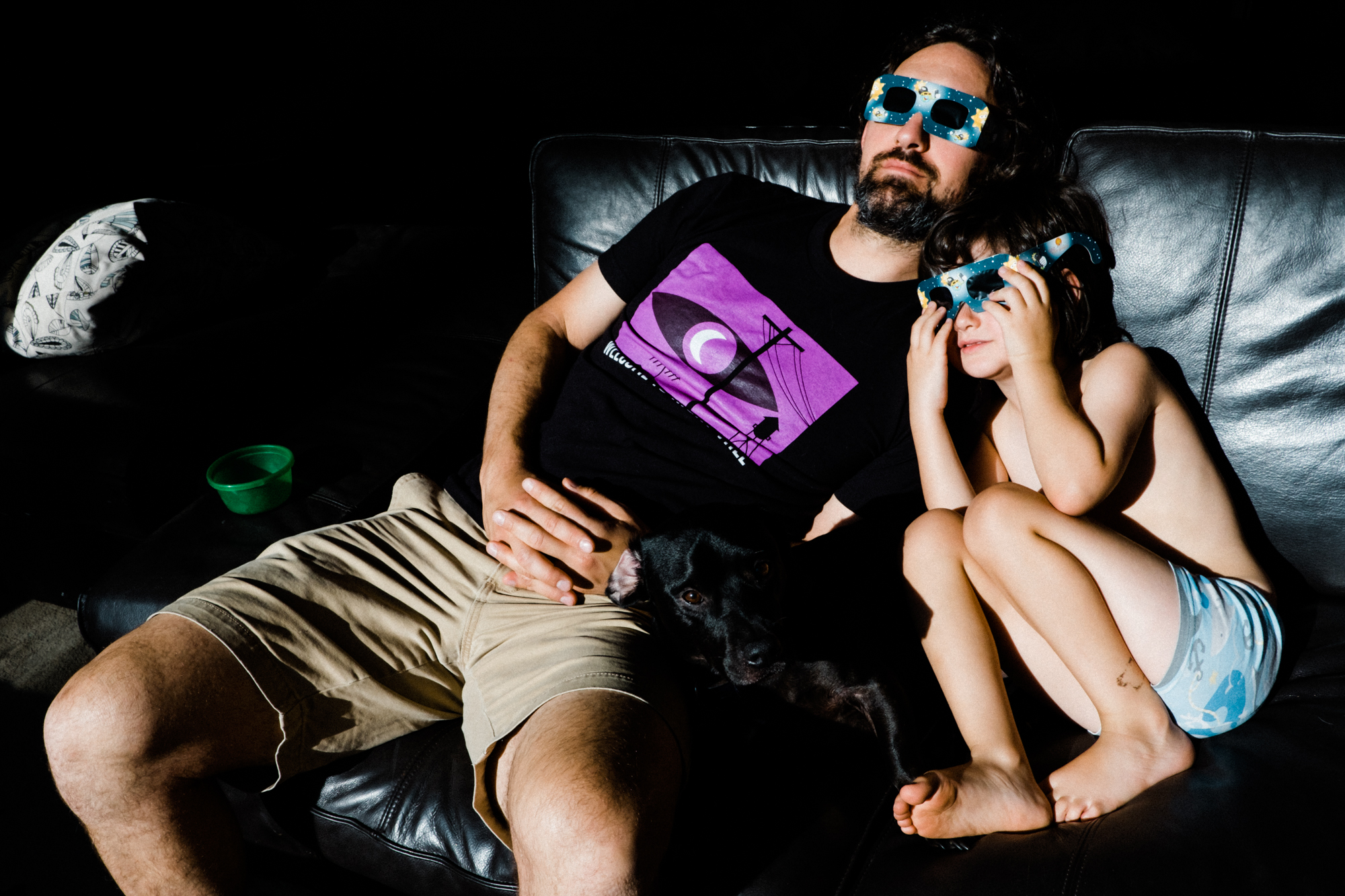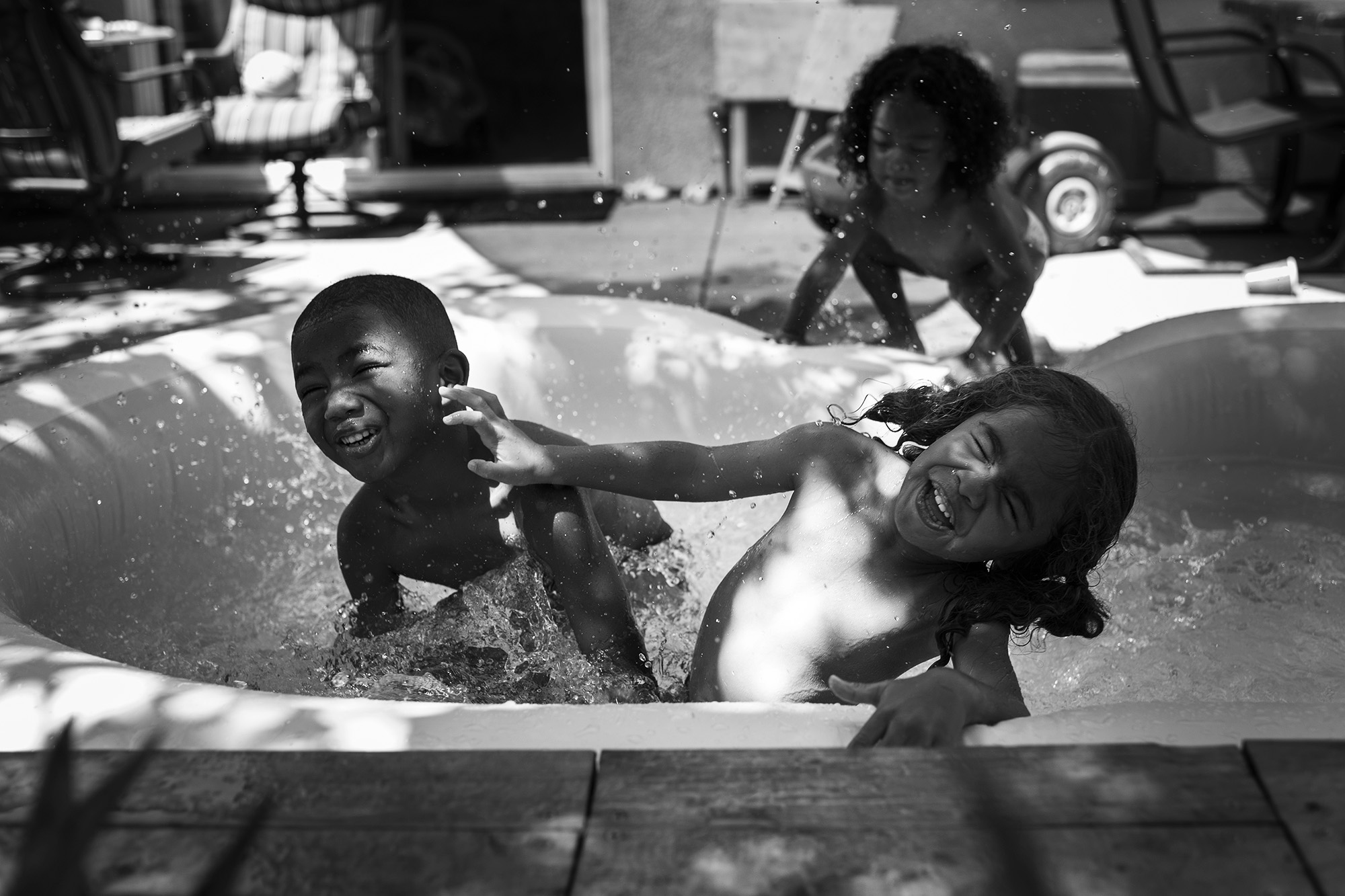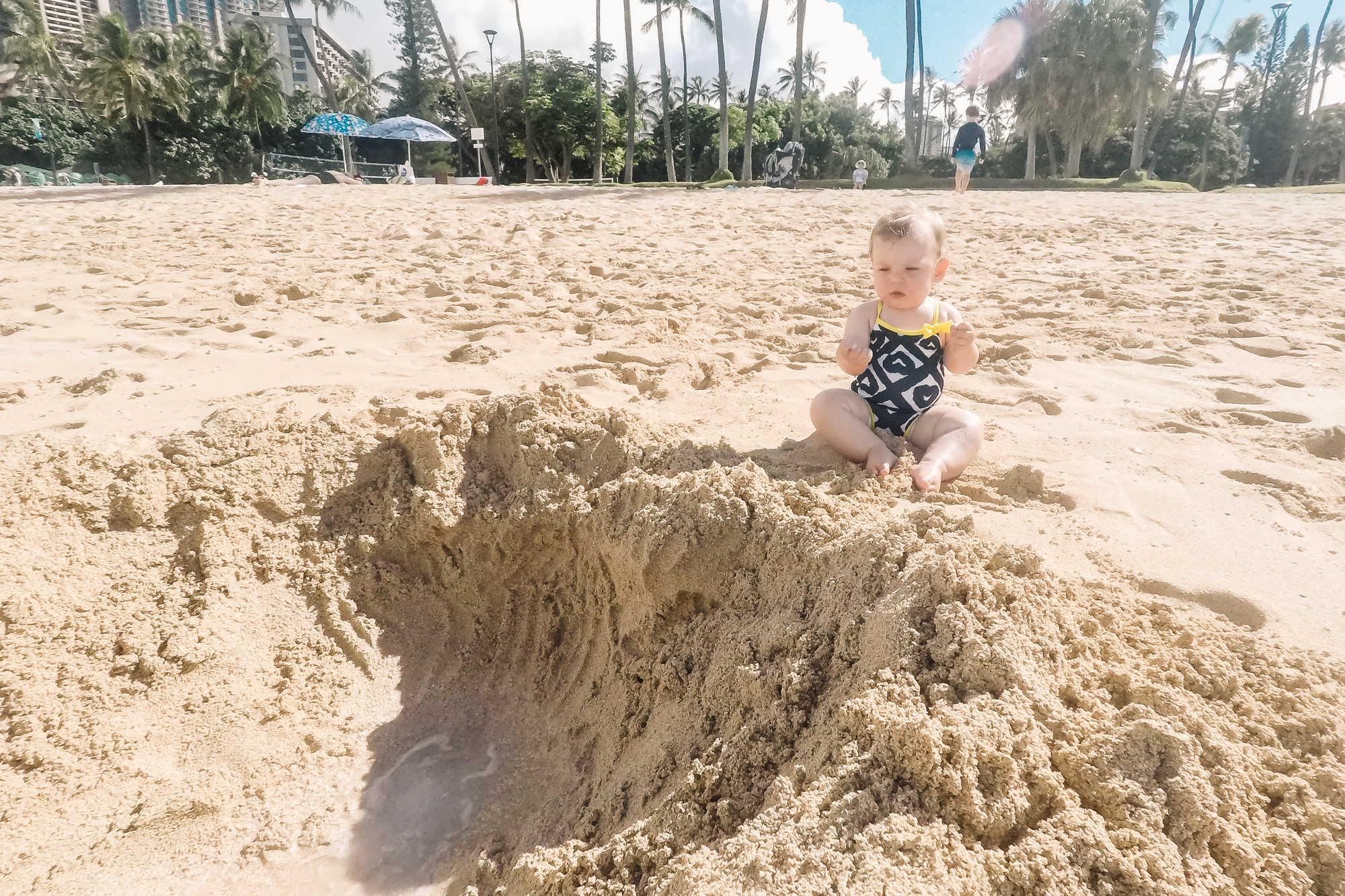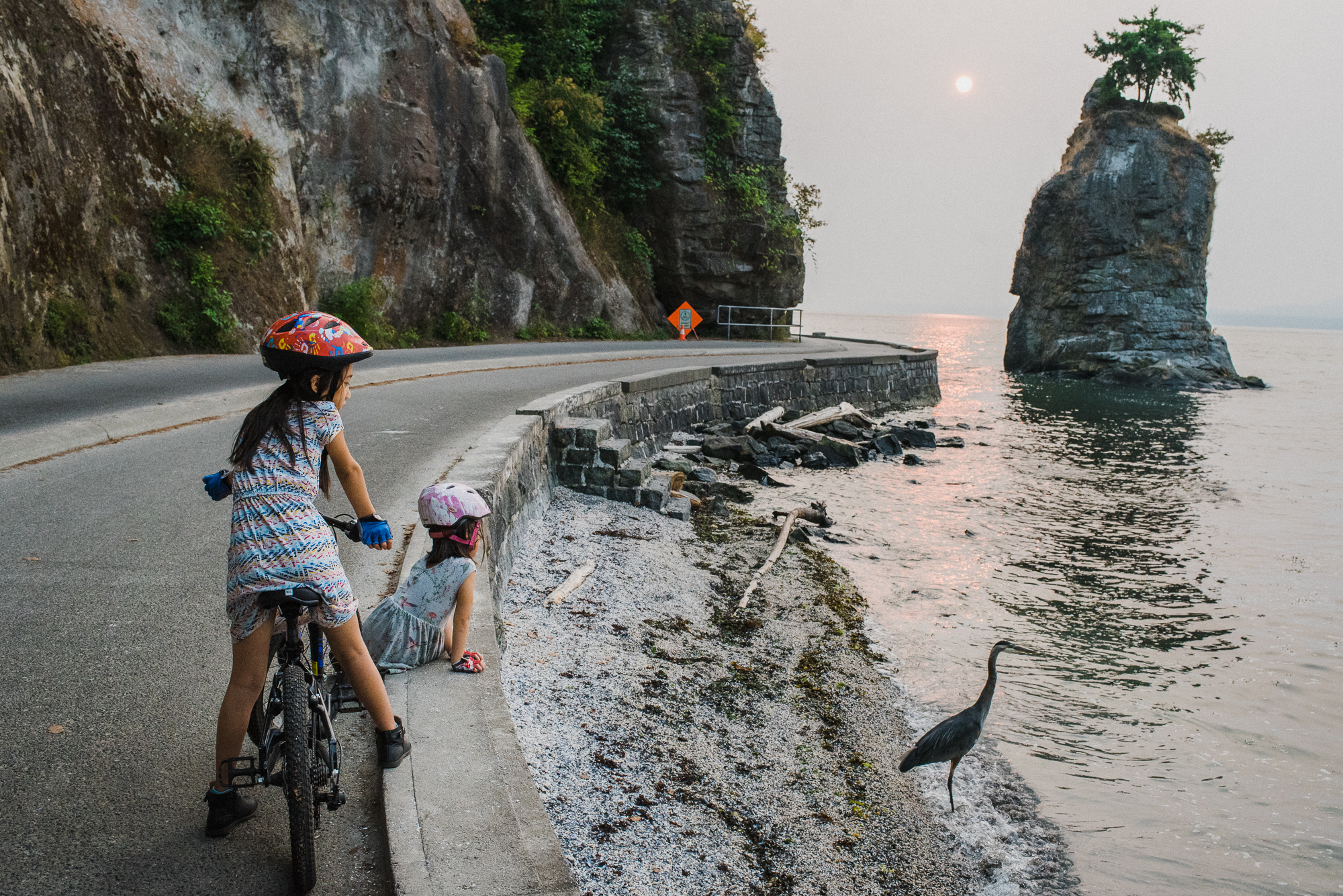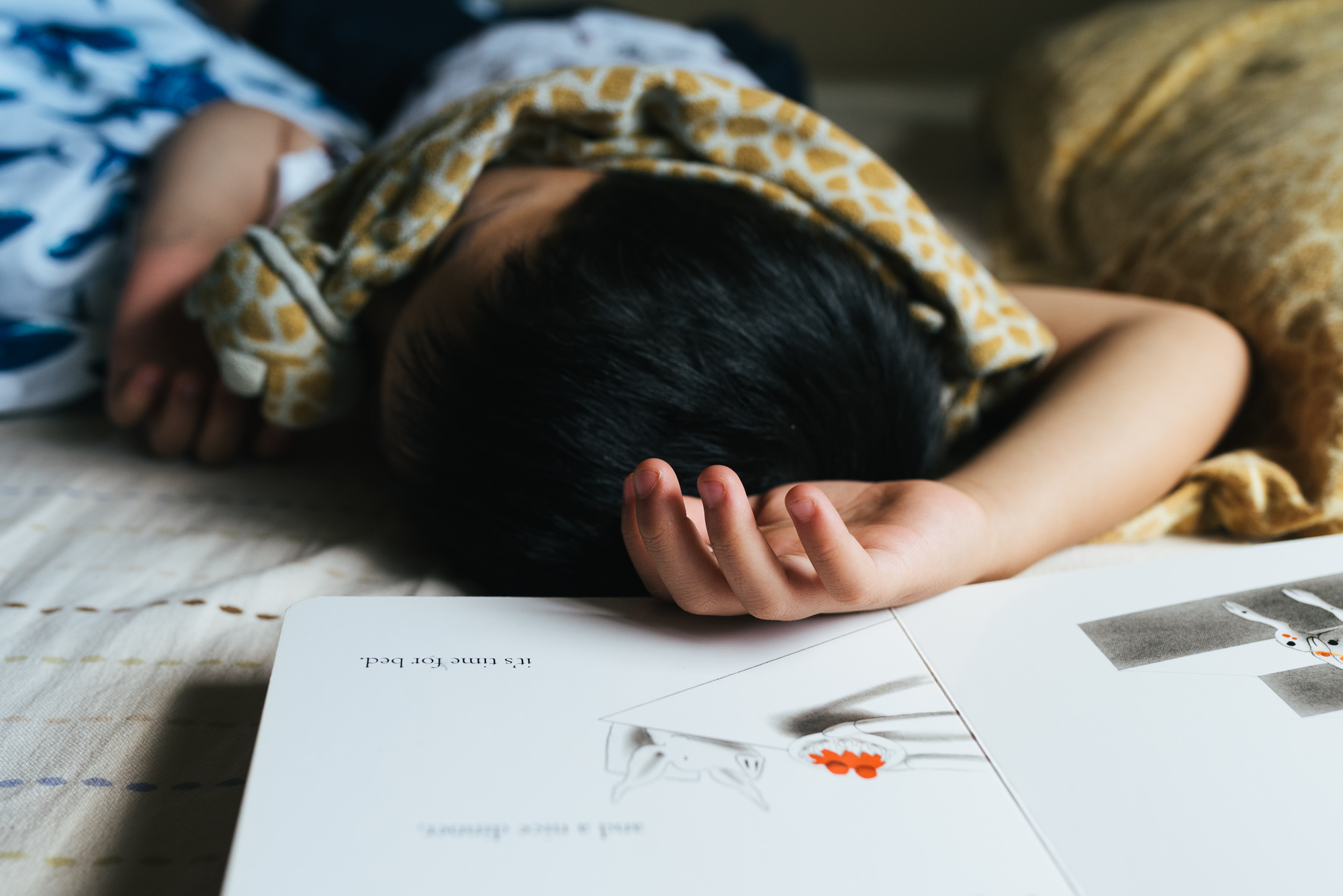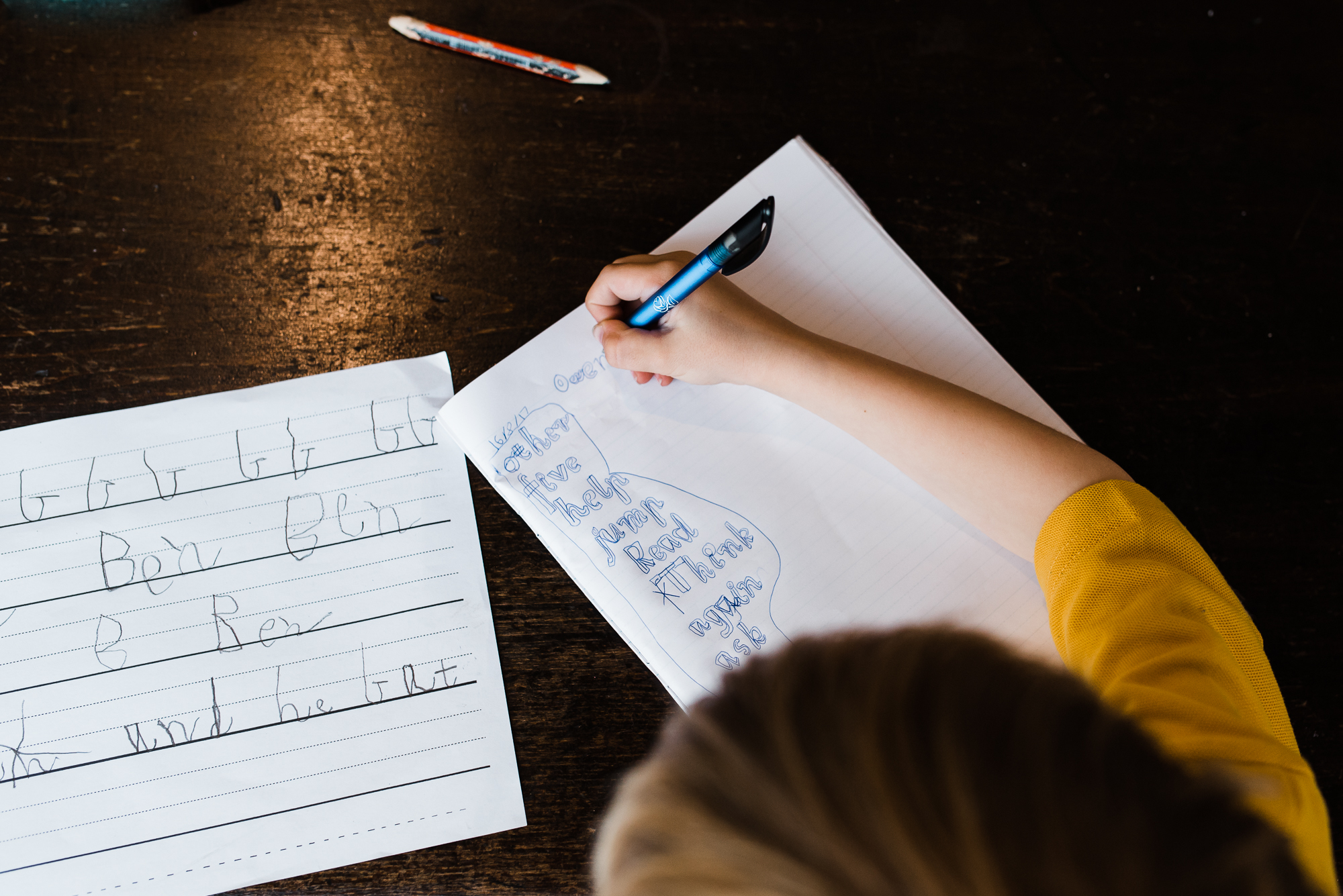Several years ago I took a class on street photography at the local community college. The instructor told the class a story about how, years ago, he went through a phase where he would go out shooting and come home with image upon image of clocks and parking meters. It took him a few weeks to notice the pattern and then a few more weeks to decipher what the patter meant. He explained that, at the time, he was approaching his 40th birthday and had been thinking a lot about growing old, mortality, and his time running out; hence, the clocks and parking meters.


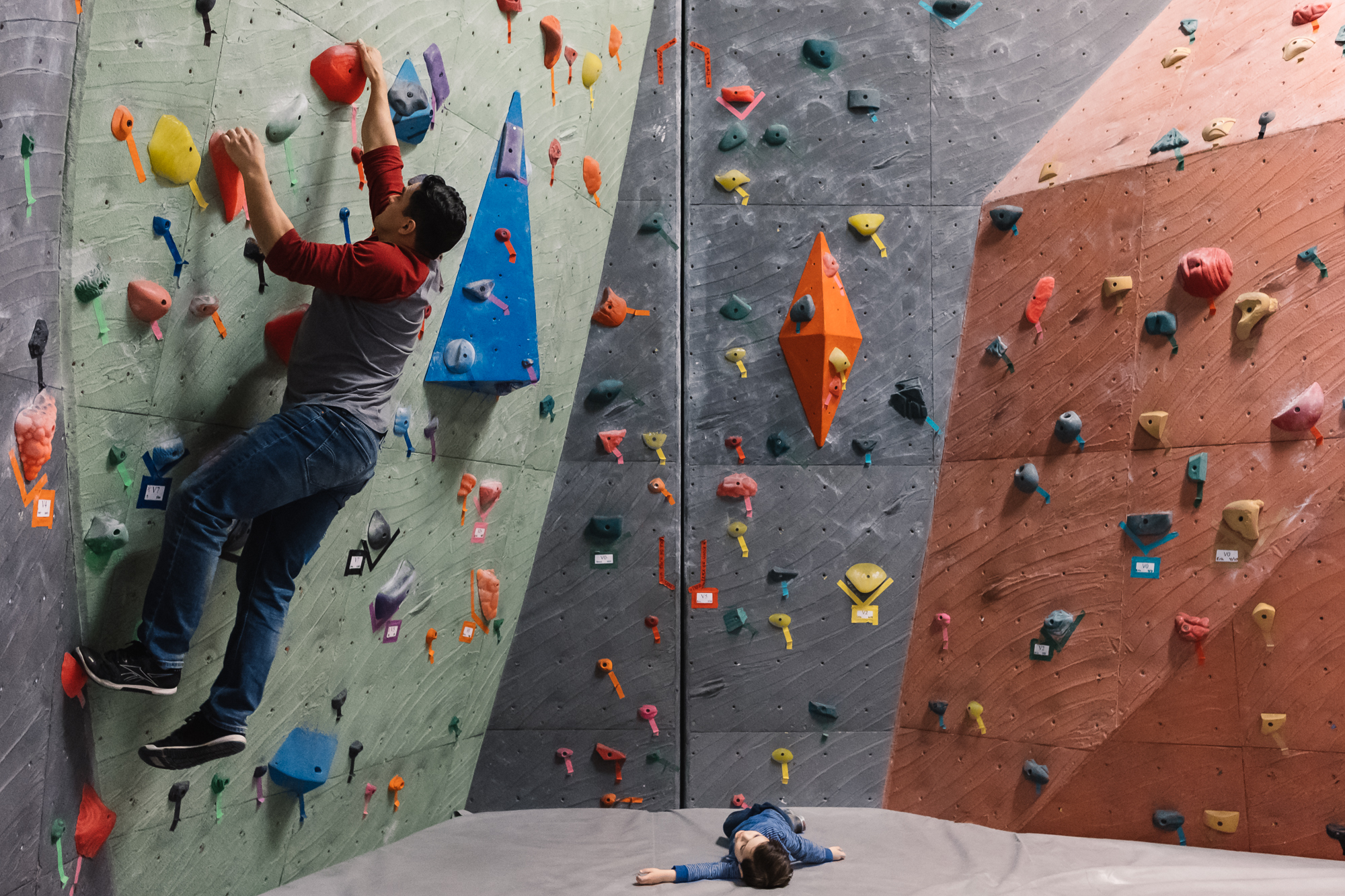
I’ve always been intrigued by this idea that art can reveal something about the artist. Not only about a period in their life, but about the artist as a person. From the perspective of the artist, analyzing our own work can be an effective method of self reflection, determining who we are as artists, and discovering the message our work conveys. But this can be a little hard to wrap your mind around as a documentary photographer. After all, you aren’t creating the scene in front of you and you aren’t manipulating during post processing. However, there are so many choices you must make regarding each image, when you cull a session, and when you select your absolute favorite images. Those choices hold the secret to the voice in your documentary work despite the fact that you haven’t consciously decided on a color scheme, lighting set up, or posing of your subject.



To start exploring, begin making a collection of some of your favorite images; not the ones that got the most likes on Instagram, or the ones you know you should include in your professional portfolio. I mean the ones that make your heart sing and especially the ones you love but can’t exactly say why. Start looking for similarities. Seek out common threads of content (moments of humor, joy, nurturing), of composition (use of lines, layering, or negative space), tonality & exposure (black & white vs. color or a preference for bright lights or deep shadows), choice of focal length (a preference for wider images or tighter images), and aperture (a preference for isolation or inclusion).



Once you see a few patterns emerge, consider how those patterns might reflect your personality or interests outside photography. Are you introverted? Are you one that gravitates towards happy endings or do you prefer ambiguity? Do you prefer order or a perceived sense of chaos? A few images may even stand out because of the visceral emotional link to the space and time you captured the image. These images may give you some extra indication of your head space at the time, similar to the parking meters mentioned at the beginning of this article.



Digging deep to find information about your motivation and style can be of great benefit when developing your brand and/or making decisions about your portfolio, plus it’s pretty fun. You never really know what you might discover.


